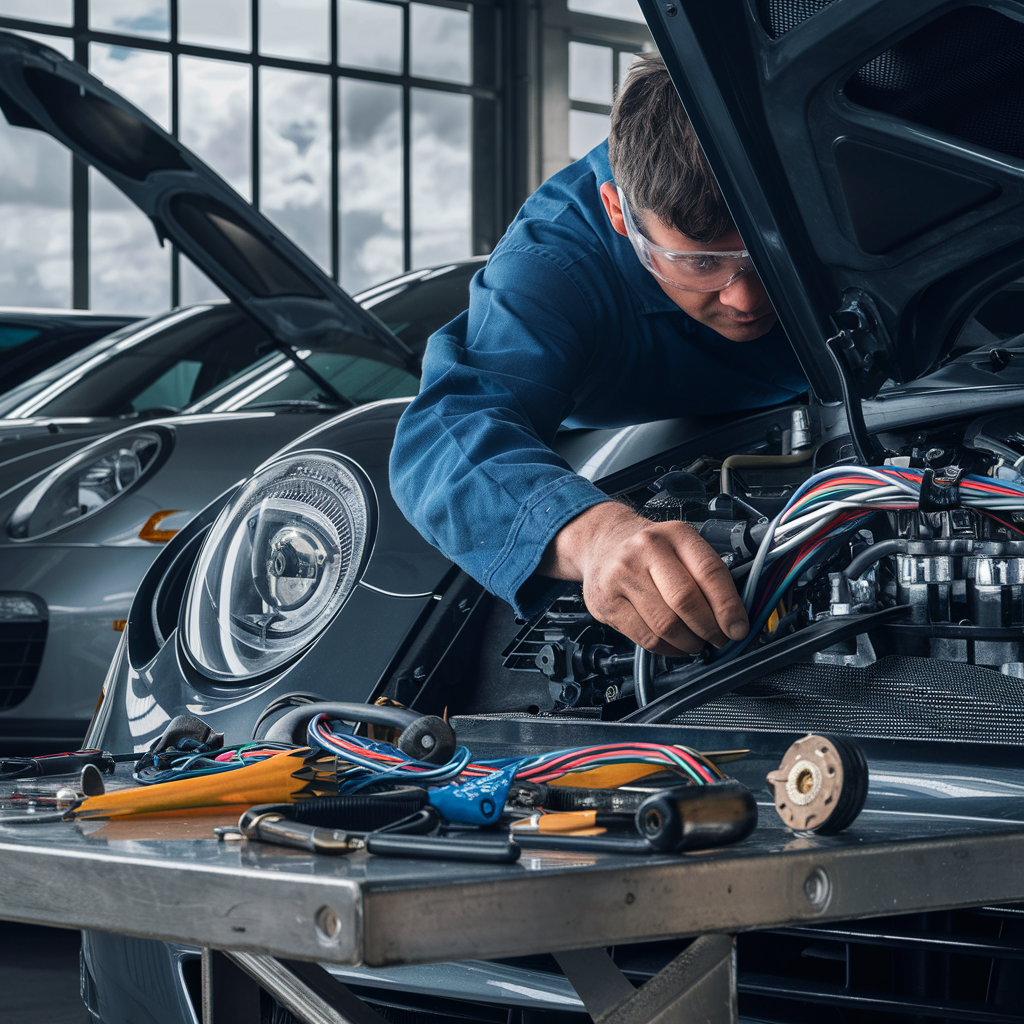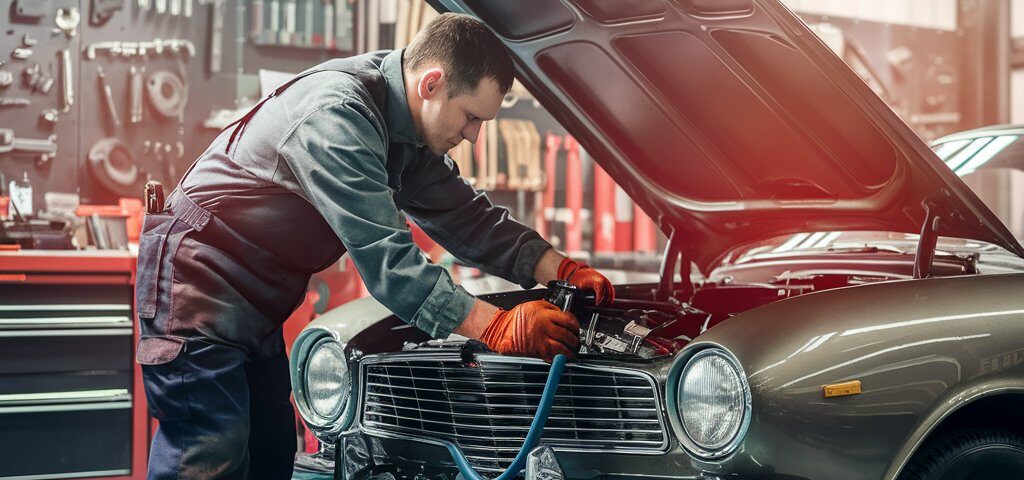
Common Transmission Repairs for Mercedes Benz: Fluid Leaks, Gear Shifting Problems, and Torque Converter Issues
August 8, 2024
Valves and Camshaft: Key Players in Engine Performance
August 12, 2024In the realm of auto repair, the interplay between the engine block, pistons, and crankshaft constitutes the cornerstone of engine performance and efficiency. The engine block, primarily constructed from cast iron or aluminum alloys, not only supports and aligns these crucial components but also withstands the extreme pressures and temperatures inherent in engine operation. Pistons, fitted within the cylinder bores of the block, are tasked with the vital function of transferring force from the combustion gas to the crankshaft. This crankshaft, a masterful piece of engineering, then converts and directs this force into rotational motion that ultimately powers the vehicle. Understanding the precise mechanics and materials science behind each component reveals not only the brilliance of modern engineering but also the potential advancements that could further revolutionize the automotive industry. How these components could evolve with emerging technologies remains a captivating topic, poised to influence future automotive designs and performance standards.
Exploring the Engine Block
The engine block, serving as the robust foundation of an internal combustion engine, is meticulously crafted from cast iron or aluminum to ensure optimal durability and heat dissipation. This component, often referred to as the cylinder block, houses the cylinders and other integral structures such as the coolant passages, oil paths, and sometimes the crankcase. The choice between cast iron and aluminum hinges on the desired balance between strength, weight, and thermal conductivity.
Aluminum blocks are lighter and provide better heat transfer, which is crucial in high-performance engines, while cast iron blocks afford greater wear resistance and structural integrity. The manufacturing process involves precision casting or machining to achieve the complex geometries required for fluid movement and mechanical support. Innovations in computational fluid dynamics and materials science have significantly enhanced the functionality and reliability of engine blocks.
These advancements allow for thinner wall construction without compromising the block’s strength, thereby reducing overall engine weight and improving fuel efficiency. For enthusiasts and engineers alike, understanding the intricacies of the engine block’s design and material composition fosters a deeper appreciation of automotive engineering and a sense of camaraderie among those who value technological excellence and innovation in vehicle performance.
Pistons and Crankshaft Dynamics
Pistons and crankshafts, integral to the engine’s mechanical operation, transform linear motion into rotational force to drive a vehicle’s movement. The piston, a cylindrical component that moves up and down within the engine’s cylinder, initiates this process. As the air-fuel mixture ignites, it expands, exerting pressure that propels the piston downward.
This linear motion is crucial, but without the crankshaft, it would not result in vehicular movement. The crankshaft resides at the base of the engine block, featuring strategically placed lobes or throws that convert the reciprocating movement of pistons into a rotational force. This transformation is facilitated by the connecting rods, which link the pistons to the crankshaft.
Each piston’s stroke impacts the crankshaft, which then rotates and ultimately transfers this dynamic energy through the transmission, propelling the vehicle forward. Understanding this relationship is vital for appreciating how integral both components are to a functioning engine. The precision in their design and interaction allows for efficient power transfer and less wear over time.
For enthusiasts and professionals alike, recognizing the synergy between pistons and crankshaft enhances one’s ability to diagnose, maintain, and optimize engine performance, fostering a deeper connection with the engineering marvel that powers our vehicles.
In conclusion, the interplay between engine blocks, pistons, and crankshafts epitomizes the sophistication of modern internal combustion engines.
An illuminating statistic reveals that advancements in material science have led to a 20% increase in engine efficiency over the past decade, primarily through enhancements in these components.
This underscores the critical importance of each part’s design and functionality in elevating overall engine performance, demonstrating the profound impact of engineering innovations on auto repair and reliability.





